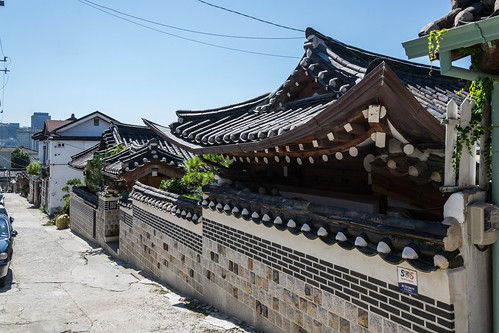Traditional Korean houses known as Hanok have a unique architectural structure.
If we make a list;
- Ondol, which means warm stones, is used to prevent the winter cold. This warming method has been using before the traditional Korean houses have started building. Ondol is a heat conduction system that allows the heat and smoke to be transmitted from the heating stove in the kitchen to the chimney with the help of ducts called gudeul, which is laid under the floor of the room.
- Traditional Korean houses (Hanok) have a natural air conditioning that provides an equal flow of cold and warm air circulation, caused by the placement of the wooden floor with a space between the wooden floor and the ground. This architectural style is called Maru.
-
- The roofs of traditional Korean houses are often covered with ceramic tiles or rice straws in various colors made of earth.
One of the oldest buildings in Korea is Geungnakjeon Hall of Bongjeongsa Temple in Cheondeungsan Mountain, (which was built before 1363.) (Andong region, Gyeongbuk)
- The roofs of traditional Korean houses are often covered with ceramic tiles or rice straws in various colors made of earth.
One of the oldest buildings in Korea is Geungnakjeon Hall of Bongjeongsa Temple in Cheondeungsan Mountain, (which was built before 1363.) (Andong region, Gyeongbuk)





